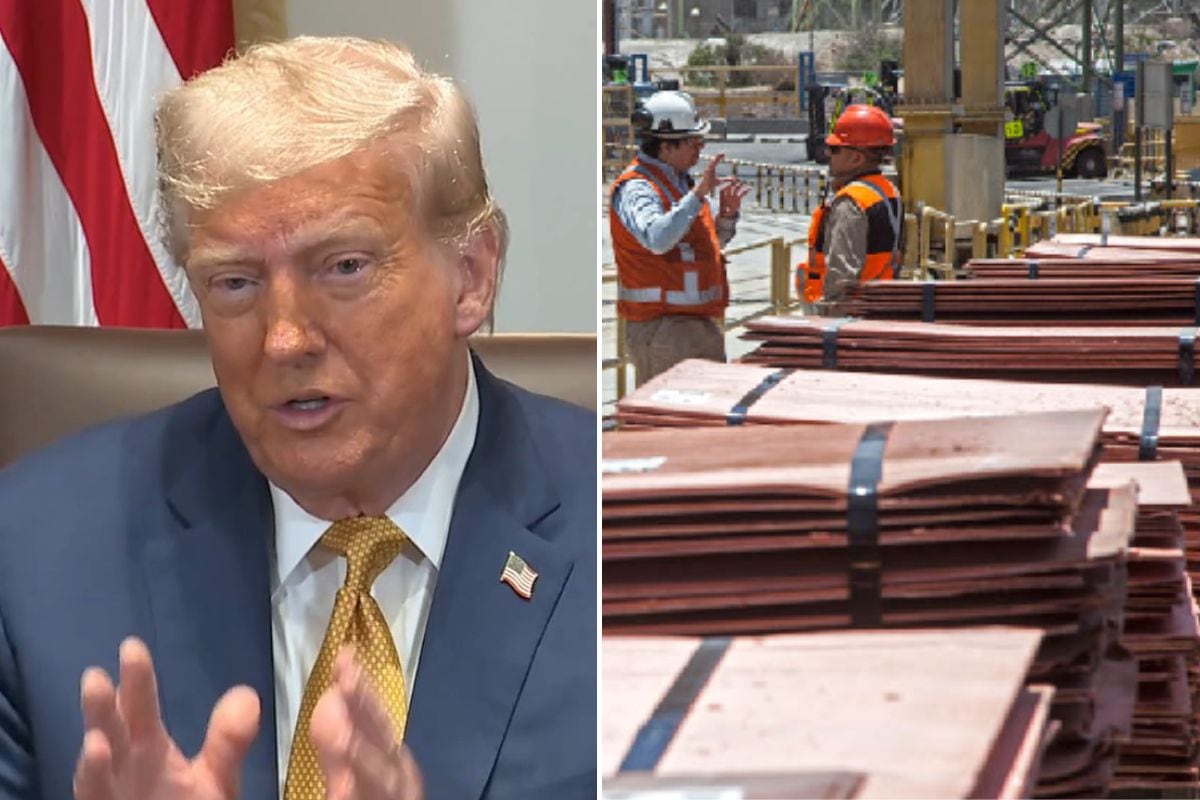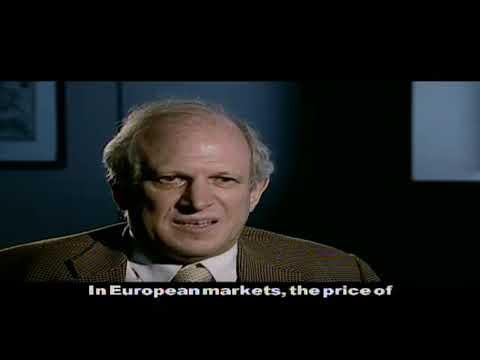Lately, the world of international trade has been abuzz with speculations and uncertainties surrounding the potential imposition of hefty tariffs on copper imports by the United States. President Donald Trump’s mention of considering a 50% tariff on copper imports has sent ripples through the markets, prompting a cautious response from the Chilean government. Amidst this uncertainty, it’s crucial to note that no official communication has been received regarding these proposed tariffs from the US administration.
Chile, being a significant player in the global copper market, finds itself at the center of this unfolding narrative. The country’s Foreign Minister, Alberto van Klaveren, emphasized the lack of official notification from the US regarding the speculated tariffs. He highlighted the absence of a formal executive order, which typically precedes the implementation of tariff-related measures in the current US administration.
“These announcements have not yet materialized into an executive order, which is the usual protocol for implementing tariff measures. We are still awaiting official communication on the precise scope of these decisions, as the current information remains quite general,”
stated van Klaveren.
The uncertainty surrounding the potential tariffs has left Chilean officials in a state of anticipation. With the US being a significant market for Chile’s copper exports, any disruptions in this trade relationship could have far-reaching implications for the country’s economy. The Minister of Mining, Aurora Williams, shed light on the dynamics of Chile’s copper exports to the US, highlighting that while the US accounts for only 11% of Chile’s copper exports, the impact on key players like Codelco could be substantial.
Williams pointed out that the US primarily imports copper cathodes, a product that the US cannot entirely substitute with its domestic production. She expressed optimism about the global demand for copper, noting a steady 3% annual growth in a market that is facing supply deficits. This presents an opportunity for Chilean copper to explore new markets and establish a stronger foothold globally.
“Approximately 11% of Chile’s copper production is destined for the US, where copper cathodes are in demand. Given the increasing global demand for copper, Chile stands to benefit from potential market deficits in the coming years,”
highlighted Williams.
The intricate web of international trade relations and the interconnectedness of the global economy come into sharp focus amidst these discussions on copper tariffs. The uncertainties surrounding the US stance on tariffs not only impact Chile but also have broader implications for other copper exporters to the US and the global copper market dynamics.
The Chilean government’s proactive approach in forming a working group to monitor the situation underscores the seriousness with which they view these developments. Collaborating across ministries and with key industry stakeholders demonstrates a concerted effort to navigate the potential challenges posed by evolving trade policies.
As the world watches with bated breath for further developments in this saga of potential copper tariffs, one thing remains certain – the intricate dance of international trade will continue to shape economies and industries worldwide. The resilience and adaptability of nations like Chile in responding to such uncertainties will be crucial in charting a course forward in the ever-evolving landscape of global trade dynamics.









Leave feedback about this